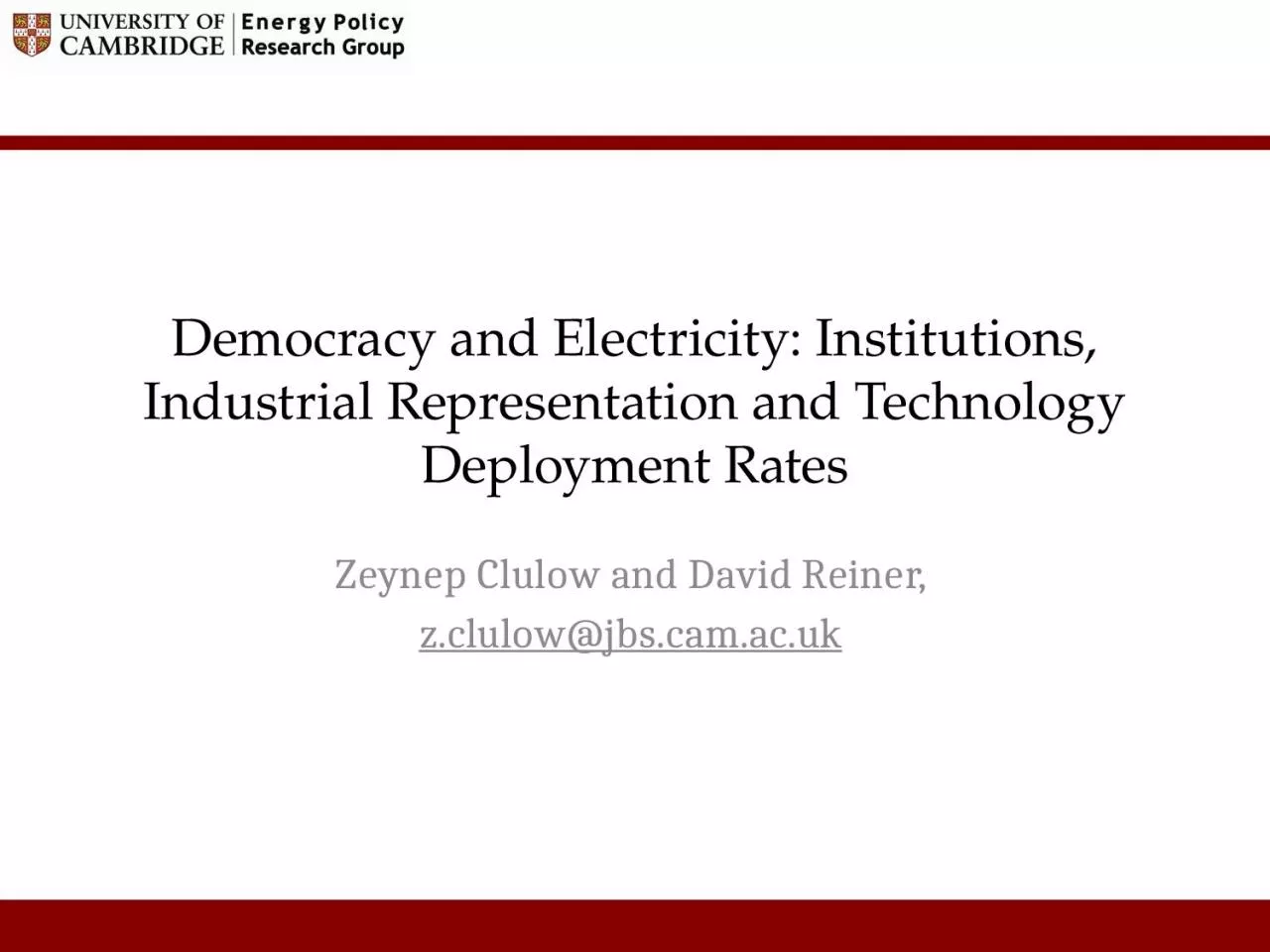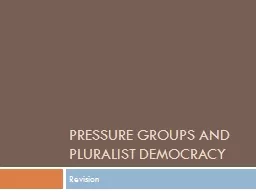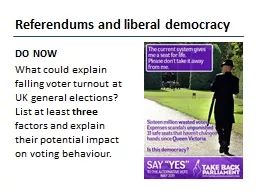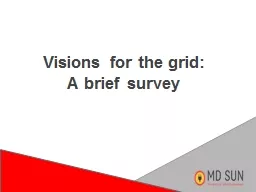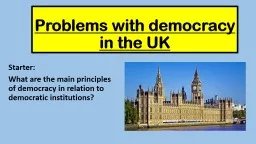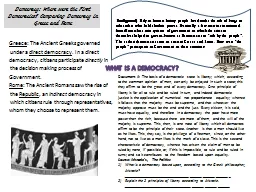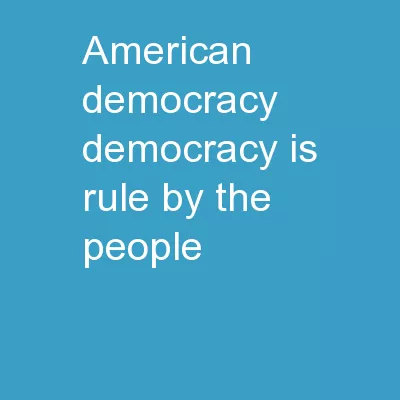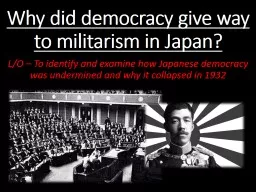PPT-Democracy and Electricity: Institutions, Industrial Representation and Technology Deployment
Author : skylar | Published Date : 2024-01-29
Zeynep Clulow and David Reiner zclulowjbscamacuk Focus Context Theoretical approach Research design Results Conclusions wwweprggroupcamacuk 2 1 Context Decarbonisation
Presentation Embed Code
Download Presentation
Download Presentation The PPT/PDF document "Democracy and Electricity: Institutions,..." is the property of its rightful owner. Permission is granted to download and print the materials on this website for personal, non-commercial use only, and to display it on your personal computer provided you do not modify the materials and that you retain all copyright notices contained in the materials. By downloading content from our website, you accept the terms of this agreement.
Democracy and Electricity: Institutions, Industrial Representation and Technology Deployment: Transcript
Download Rules Of Document
"Democracy and Electricity: Institutions, Industrial Representation and Technology Deployment"The content belongs to its owner. You may download and print it for personal use, without modification, and keep all copyright notices. By downloading, you agree to these terms.
Related Documents

